News
-
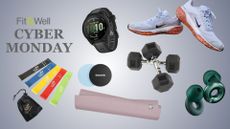
Cyber Monday fitness deals LIVE! Last chance to save on workout essentials with better than Black Friday discounts
By Jonathan Shannon Last updated
-
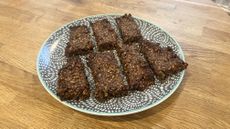
These homemade granola bars are my new favorite post-workout snack with 16g of protein per serving
So quick and easy to make
By Maddy Biddulph Published
-
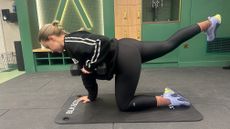
I tried Camila Mendes’ strength session and it’s the best celebrity workout I’ve found for improving strength, mobility and balance
Plus, it’s beginner-friendly
By Alice Porter Published
-
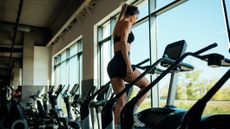
A certified trainer says this low-impact leg-strengthening stair climber workout will boost cardio and build muscle in just 30 minutes
Mia Green swears by this steady-state stair climber session
By Sam Rider Published
-
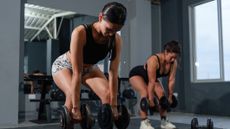
All you need is a pair of dumbbells and these four exercises to build strong glutes, says a certified trainer
The dumbbell-only glute workout Mia Green relies on to build strong legs and glutes when time and equipment is limited
By Sam Rider Published
-
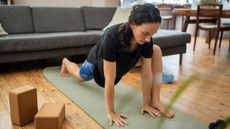
These are the four stretches you need to do regularly for happy hips, according to this yoga teacher and former professional ballet dancer
This short stretch session only takes four minutes
By Maddy Biddulph Published
-
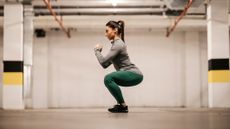
Why bodyweight squats are the “wrong exercise” for runners to build stronger quads, and what a run coach says to do instead
Improve your running performance with these squat alternatives
By Maddy Biddulph Published
-
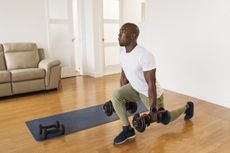
Save time as you build muscle with this Arnold Schwarzenegger-approved strength training technique
Arnie’s latest workout of the week targets the legs, glutes, chest and arms with minimal equipment required
By Sam Rider Published
-

I tried this crispy Parmesan zucchini rings recipe from Instagram and it was so good it’s now my go-to healthy snack
I just can’t get enough of these
By Maddy Biddulph Published
